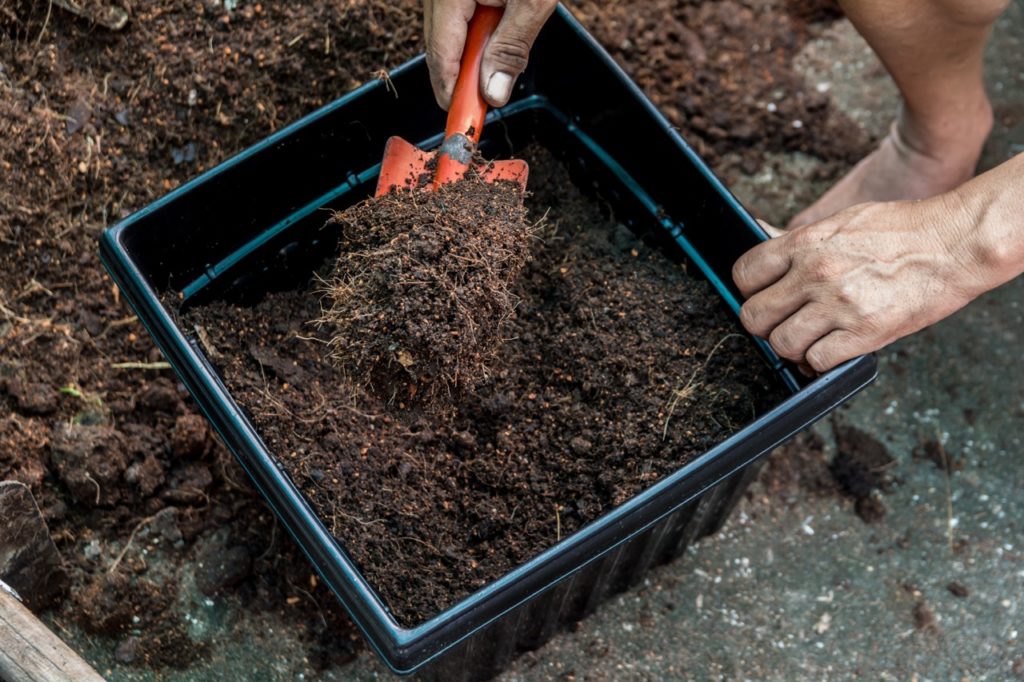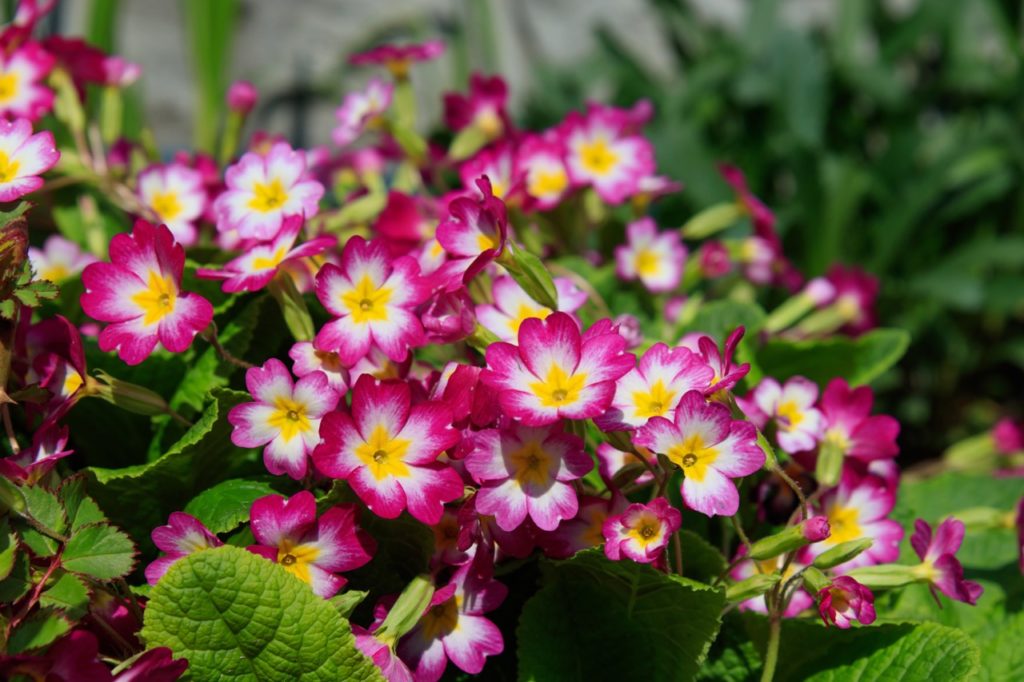SHRUBS > FORSYTHIA > CONTAINERS

Elizabeth is a Permaculture Garden Designer, Sustainability Consultant and Professional Writer, working as an advocate for positive change. She graduated from the University of St. Andrews with an MA in English and Philosophy and obtained a Diploma in Applied Permaculture Design from the Permaculture Association.
Reviewed By COLIN SKELLY

Colin is a Horticulturist and Horticultural Consultant with experience in a range of practical and managerial roles across heritage, commercial and public horticulture. He holds the Royal Horticultural Society’s Master of Horticulture award and has a particular interest in horticultural ecology and naturalistic planting for habitat and climate resilience.
IN THIS GUIDE
Forsythias are cheerful yellow-flowered shrubs that are popular in many UK gardens.
They are favoured by those looking for a splash of vibrant colour in the spring for hedging and for borders.
However, can you also grow forsythia in pots?
Is Forsythia Suited To Growing In Pots?
Forsythias are typically vigorous and tall, reaching around 2m in height if left unpruned.
They can, however, be pruned to restrict their size and to create hedging.
If you would like to grow forsythia in pots, you will be able to do so, however, for the best results, it would be wise to opt for a smaller cultivar.
“For shrubs like Forsythia in pots, even smaller cultivars, make sure you pot into the largest pot size that you can accommodate for the size of the shrub (remembering to pot-on as the plant grows rather than straight into a large pot),” shares Colin Shelly, a Master Horticulturist.

“This will provide the highest possible level of nutrients and a moisture-holding capacity, which will be key in hot weather.”
Options like F. x intermedia ‘Minigold’ and F. ‘Fiesta’ are smaller varieties that can work well in containers.
The former grows to around 60cm in height, and the latter to around 1m.
These are fairly hardy and tolerant shrubs that can work well in a range of settings and when provided with the right care they can certainly do well in containers.
Choosing Containers
When choosing a container for forsythia varieties, remember that even smaller cultivars will grow into moderately sized shrubs, and any pot or container that you choose should be large and heavy enough to accommodate a shrub that is destined to grow large over time.
Choose a container that is just a little larger than the root ball of the plant that you have purchased, then pot up as required as the specimen grows.
Choosing Compost
Forsythia is not particularly fussy when it comes to the growing medium.
It can thrive in a range of different soils when grown in the ground and that soil can have a wide range of different pH levels.

When growing this shrub in containers, you can use any peat-free loam-based or soil-based compost or potting mix.
You can purchase a commercial peat-free compost, or make your own homemade mix from soil, loam or leaf mould.
When buying or making your potting mix, just keep in mind that forsythias prefer a moist yet free-draining medium, so incorporating a little grit into the mix could also be beneficial to avoid any potential issues with waterlogged soil.
Potting Up Forsythia
You can pot up a forsythia you have purchased at any time, but the best times to re-pot and plant forsythias are in spring or autumn when the conditions are relatively cool and the plant may have an easier time of establishment.
Place a little of the compost or growing medium in the base of the new container, then place the plant into it and fill in more around the sides.

Make sure that the forsythia sits at the same depth within this pot as it did in its previous one so that the compost or growing medium comes up to the same level on the plant.
Once you have placed the plant in the container, firm the soil in gently around the roots, to fill in any air pockets.
Take care not to compress the medium too much as this may lead to issues with compaction and water might fail to drain freely.
How Many Can You Plant Per Pot?
Typically, you will grow only one forsythia per pot or container, since even the smaller cultivars will take up quite a lot of space.
However, this does not stop you from choosing a container large enough to accommodate a small forsythia shrub with a few other plants around the sides.

For example, you might surround a small forsythia in a large container or planter with trailing winter evergreens like ivy, primulas, and smaller spring bulbs, like crocuses and Muscari, which bloom around the same time and will create a beautiful spring display.
Potted Forsythia Care
Caring for forsythias in containers will take a little more work than when growing them in the ground.
However, as long as you make the right decisions about the container and fill it correctly, place it in the right location and care for it correctly as described below, you should still find it a relatively easy and trouble-free option for your container garden.
Light & Exposure
Place your container-grown forsythia in a sunny or lightly shaded spot.

Note that the shrubs will flower best in a sunny position, so are best grown in full sun even though they can tolerate light or dappled shade.
These hardy plants can be a good choice even for a colder and more exposed location.
Watering & Fertilising
Water container-grown forsythia well, especially during dry spells in spring and summer.
Remember that plants grown in containers will dry out more quickly and require more frequent watering than those growing in the ground.

When watering, it is best to give the plant a thorough soaking less frequently rather than providing water little and often.
Forsythia typically doesn’t require additional fertilisation.
However, if the growth seems poor, you can feed with a general-purpose organic plant feed in spring.
Pruning
You should prune well-established forsythias in mid-spring immediately after flowering.
However, small cultivars suited to container growing rarely require any pruning at all.
Forsythias are robust shrubs that tend to be mostly trouble-free so they can be a great shrub to grow, even if you only have the space or opportunity for container-grown varieties.

